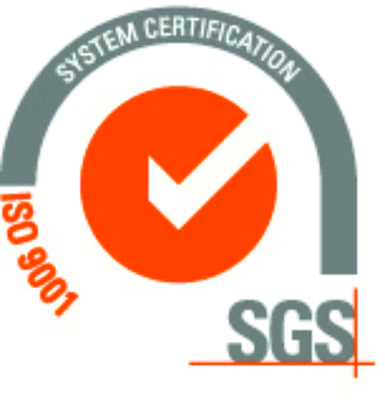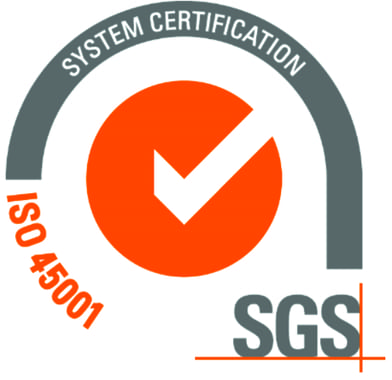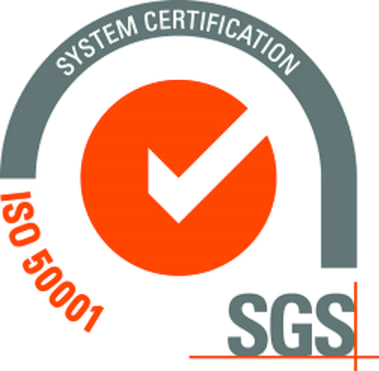Calidad e Innovación (I+D+i)
Además, apostamos firmemente por la Investigación, el Desarrollo y la Innovación (I+D+i) como motores de crecimiento y diferenciación. Participamos activamente en proyectos de innovación tecnológica y mejora de procesos, con el objetivo de ofrecer soluciones más eficientes, sostenibles y adaptadas a las necesidades de nuestros clientes.
Empresa clasificada
por el ministerio de economía
En Tecnoseñal, la calidad es el pilar fundamental de nuestra actividad. Cada uno de nuestros productos y servicios cumple con los más altos estándares del sector, garantizando soluciones duraderas, seguras y de alto valor añadido. Nuestro compromiso con la excelencia nos ha permitido obtener la clasificación oficial del Ministerio de Economía, un reconocimiento que avala nuestra capacidad técnica y solvencia para ejecutar proyectos de gran envergadura.
G05f Señalizaciones y balizamientos viales.
G06f Obras viales sin cualificación específica.
I06f Distribución en baja tensión.
I09e Instalaciones eléctricas sin cualificación específica.
O01d Conservación y mantenimiento de edificios.
O05d Conservación y mantenimiento de mobiliario urbano.
L05d Organización y promoción de congresos, ferias y exposiciones.
Certificaciones

UNE EN ISO 9001:2015.
Sistema de gestión de calidad.

UNE EN ISO 14001:2015.
Sistema de gestión ambiental.

ISO 45001: 2018.
Sistema de gestión de seguridad y salud en el trabajo.

UNE 166002: 2021.
Sistemas de gestión de la innovación.

Sistema de gestión energética.
Proyectos de innovación (I+D+i)
NAPE
SMARTECONFORT
PIEZOFER
GRAN-REX
HYPRINT
SENSDIGIPRINT
TecnoPMVA
TecnoOUTDOOR
Tecnoseñal, con el proyecto Tecnoutdoor ha desarrollado un mupi de exterior aplicando la última tecnología y materiales de forma eficiente y sostenible, reduciendo los problemas actuales de control térmico con los que se encuentran los mupis existentes.
